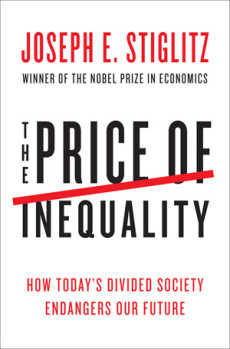A recent story published on Fox News New York reports that New Jersey state senator Nicholas Scutari plans to introduce a bill to legalize the sale of marijuana there, tax purchases at the current sales tax rate of seven percent and deposit 70 percent of the proceeds into New Jersey’s highway trust fund.
Like most other states, New Jersey has created such a “trust fund,” financed more usually by imposing excise taxes on gasoline and other motor fuels at the pump, for the purpose of building and repairing roads and bridges.
Sen. Scutari’s proposal gives new meaning to the term “user fee”.
In the parlance of orthodox public finance, a user fee is supposed to align the benefits received by taxpayers (drivers, in this case) with the costs of consuming some public good or service, such as transportation infrastructure, the provision of which often is seen (erroneously) to be a proper function of state and local governments. (The error committed here, as history teaches, is that roads and bridges profitably could be built and maintained by private companies having exclusive rights to collect “user fees”, aka tolls; the Erie Canal is an apt example.)
Federal, state and local excise taxes on gasoline traditionally are justified on the theory that those who drive more miles per day, month or year and, consequently, consume more gasoline, impose more wear and tear on a state’s highways than people who drive less or commute via “public” buses and subways, transportation modes that also could be provided by the private sector (e.g., Denver, CO, or the Washington, DC, metro area, where bus services once operated under private ownership).
But, are marijuana users responsible for more potholes than people not driving under the influence of cannabis? I doubt it. Moreover, 20 percent of NJ’s pot tax revenues will be earmarked for financing state drug-law enforcement efforts and 10 percent for government initiatives targeting “women’s health”.
The latter two earmarks expose the real purpose of Sen. Scutari’s bill, which in public choice perspective, obviously is to generate more revenue that New Jersey’s legislature can spend so as to buy the votes that will enhance the reelection aims of its members, the prime imperative of any democratically elected politician.
Because the revenue from imposing new taxes or raising the rates on existing ones deliver revenue windfalls to the spending programs for which they are “earmarked”, self-interested politicians never will allow legislative “intent” to be fulfilled. Tax revenue is fungible and so some of New Jersey’s pot tax receipts rationally will be reallocated to budgetary line items from which the parochial political returns to spending are higher.
It is for that same reason that highway “trust funds” routinely are raided to plug holes in other line items of state budgets.
Just like state excise taxes on tobacco or the revenues raised by taxes on state-run lotteries, which are dedicated to financing public education or other seemingly worthy public causes, New Jersey’s pot tax will fill the state’s coffers with little or no impact on the condition of the state’s roads and bridges or its overall budget balance.






